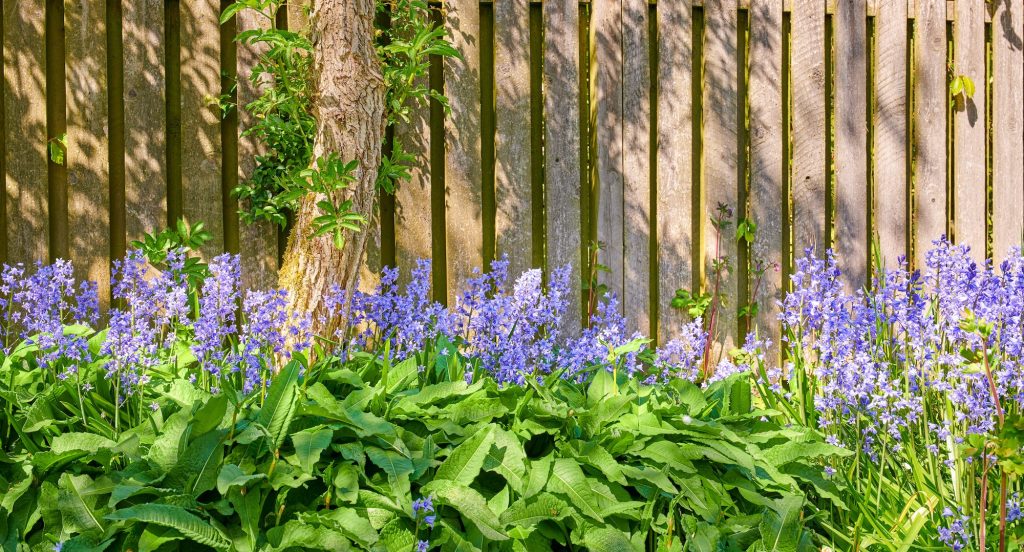Gardening is a beautiful hobby that brings life to your outdoor space. With the right design, you can create a garden that thrives year-round, regardless of the weather. This article will provide a comprehensive guide on designing four-season gardens. From selecting plants to creating a layout, we’ll cover everything you need to know to create a stunning garden that lasts all year round.

Understanding Your Climate
The first step in designing a four-season garden is to understand the climate in your area. This will help you determine which plants will thrive in your garden and when they bloom. The weather in your area will also determine the types of materials you should use for your garden beds, paths, and other features.
Choosing Plants for All Seasons
When choosing plants for your four-season garden, it’s essential to consider their growth habits, bloom times, and hardiness. Some plants, like evergreens, will provide year-round interest, while others, like deciduous trees, will provide seasonal interest. Consider the following plants for your four-season garden:
- Evergreens: These plants provide year-round interest and serve as the backbone of your garden. Consider using evergreens like conifers, holly, and boxwood.
- Spring-blooming bulbs: Daffodils, tulips, and crocuses are just a few of the many bulbs that will bloom in the spring, providing a burst of colour to your garden.
- Summer-blooming perennials: Perennials like daylilies, coneflowers, and black-eyed Susans will bloom in the summer, providing a stable source of colour.
- Fall-blooming perennials: Chrysanthemums, asters, and sedum are just a few of the many perennials that will bloom in the fall, providing a stunning display of colour as the weather cools down.
- Winter-blooming shrubs: Some shrubs, like winter jasmine and witch hazel, will provide a burst of colour even in the dead of winter.
Designing Your Garden Layout
When designing your garden layout, there are a few things to consider. First, think about the size and shape of your garden. Do you want a small, intimate space or a large, sprawling garden? Next, consider the flow of the garden. How will people move through the area? Will there be paths or stepping stones? Finally, consider the focal points of the garden. What do you want to draw the eye too?
Creating Garden Beds
Garden beds are a vital component of any four-season garden. They provide the structure for your plants and help to define the space. When creating garden beds, consider the following:
- Size: Garden beds should be large enough to accommodate your plants but not so large that they overpower the space.
- Shape: Garden beds can be any shape you like, but consider using curves to add interest and soften the edges.
- Materials: The materials you use for your garden beds will significantly affect your garden’s overall look and feel. Consider using materials like stone, bricks, or decorative gravel for a formal look or wood chips or mulch for a more natural look.
Adding Garden Features
In addition to plants and garden beds, you can add many other features to your four-season garden to enhance its beauty and functionality. Consider the following:
- Paths: Paths allow people to move through your garden and can be made from various materials, including stone, brick, or gravel.
- Water features: A pond, fountain, or bird bath can add a calming and peaceful element to your garden.
- Furniture: Outdoor furniture, such as benches, chairs, and tables, can provide a place to sit and enjoy your garden.
- Lighting: Outdoor lighting can highlight vital elements of your garden and create a warm, inviting atmosphere in the evening.
Maintenance and Upkeep
A four-season garden requires ongoing maintenance and upkeep to keep it looking its best. Consider the following:
- Pruning: Regular pruning is essential to keep your plants healthy and maintain their shape.
- Mulching: Mulching helps to conserve moisture and suppress weeds in your garden beds.
- Watering: Proper watering is essential for the health of your plants. Consider using a drip irrigation system to conserve water and reduce waste.
- Fertilizing: Regularly fertilising your plants will help keep them healthy and promote growth.
Conclusion
A four-season garden is a beautiful and rewarding investment that will bring joy and life to your outdoor space all year round. By following these guidelines, you can create a functional and beautiful garden that will provide you with years of enjoyment. Whether you’re an experienced gardener or just starting, we hope this guide has been helpful in your journey to create the garden of your dreams.
